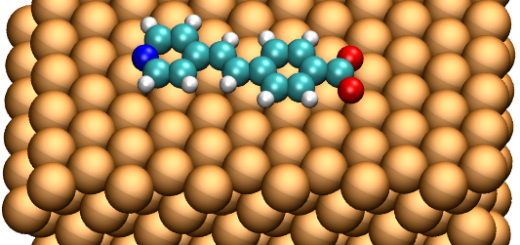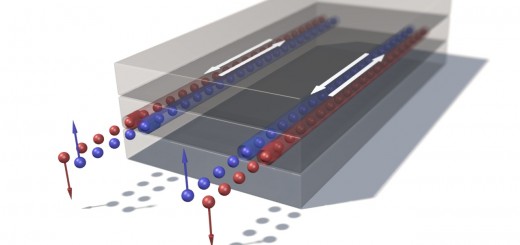Lasers made from self-assembled photonic structures
 Wednesday, 3 November 2010, 12:00-13.00
Wednesday, 3 November 2010, 12:00-13.00
Prof. Cefe López
Instituto de Ciencia de Materiales de Madrid, CSIC
ABSTRACT:
Ordinary lasers comprise a pumping system, a cavity and a gain medium. The cavity provides feedback and selects working modes. Random lasers are typically formed by a random assembly of optical scatters with optical gain added. Multiple light scattering replaces the standard optical cavity of traditional lasers and the interplay between gain and scattering determines its unique properties. Random lasers studied to date, consisted of irregularly shaped or size polydisperse scatters, with some average scattering strength roughly constant over the frequency window of the laser. We consider the case where the scattering is resonant by using photonic glasses that can sustain scattering resonances over the gain frequency window [1]. These resonances manifest as variations in scattering mean free path and can thus be thought of as the loss/gain knob. The unique resonant balance in this material allows to control the laser emission via the diameter of the particles and their refractive index. The system is therefore a random laser with a priori designed lasing peak within the gain curve [2]. With this material it is possible to create random lasers in which the lasing wavelength can be decoupled from the gain profile and selected at will. Recent advances in the light loss and gain balance, new light sources and new highly scattering photonic structures will be reviewed.
[1] P. D. García, R. Sapienza, Á. Blanco and C. López, “Photonic glass: a novel random material for light” Adv. Mater. 19,2597-2602 (2007). [2] S. Gottardo, R. Sapienza, P.D. García, A. Blanco, D. S. Wiersma, and C. López “Resonance driven random lasing” Nature Photonics 2 (7), 429-432 (2008).



















